Science, Technology, Engineering & Mathematics(STEM)
The Science, Technology, Engineering, and Mathematics (STEM) career cluster encompasses a wide range of disciplines that drive innovation, problem-solving, and scientific exploration. STEM professionals contribute to advancements in various fields, from healthcare and engineering to space exploration and computer science.
Education paths in the STEM cluster vary widely. Some roles, like laboratory technicians, may require associate degrees or certifications. Others, like engineers or medical professionals, often require bachelor’s or advanced degrees.
Career Options
The STEM career cluster offers diverse opportunities for those interested in making groundbreaking contributions to science, technology, engineering, and mathematics. If you’re passionate about innovation, discovery, and addressing real-world challenges, exploring careers in the STEM cluster can lead to a fulfilling and impactful career path. Here’s an in-depth overview of the key components and careers within the STEM career cluster, tailored for high school students:
Scientists in various disciplines conduct research, experiments, and studies to expand our understanding of the natural world. STEM fields in science include biology, chemistry, physics, astronomy, environmental science, and more. Careers range from laboratory researchers to data analysts.
Professionals in technology develop and apply tools, software, and systems to solve problems and enhance efficiency. This includes roles in software development, information technology (IT), cybersecurity, and data analysis.
Engineers design, create, and improve products, systems, and structures. STEM fields in engineering include mechanical engineering, electrical engineering, civil engineering, aerospace engineering, and more. Engineers work on everything from bridges to medical devices.
Mathematicians analyze and interpret data, solve complex problems, and develop mathematical models. They work in areas like pure mathematics, applied mathematics, statistics, and actuarial science.
Professionals in R&D focus on innovation and the creation of new products, technologies, and solutions. This could involve inventing new materials, improving existing technologies, or developing cutting-edge medical treatments.
This area involves medical professionals, researchers, and scientists who contribute to healthcare advancements, medical research, and the development of new treatments.
Professionals in this field design and build aircraft, spacecraft, and related systems. They may also work on space missions, satellite technology, and space exploration.
Environmental scientists study the Earth’s ecosystems, climate, and natural resources. They work to address environmental challenges and promote sustainability.
This area involves coding, software development, IT support, and cybersecurity. Computer scientists create software, develop algorithms, and work on emerging technologies.
Industry-Recognized Credentials (IRCs)
Industry Recognized Credentials (IRCs) can provide high school students with valuable skills and recognition in the Science, Technology, Engineering, and Mathematics (STEM) career cluster. These credentials can enhance your resume, demonstrate expertise, and open doors to internships, entry-level jobs, and further education. Here are some IRCs that high school students can consider pursuing in the STEM cluster:
MTA certifications cover various IT and development topics, such as software development, database administration, and networking fundamentals.
This certification covers foundational IT concepts and is suitable for students new to the field.
AutoCAD certifications validate proficiency in computer-aided design software, which is relevant to engineering and design fields.
SOLIDWORKS certifications demonstrate skills in 3D modeling and design software.
NCCER offers certifications in various construction trades and skills.
This entry-level Cisco certification covers networking fundamentals.
ACA certifications are available in various Adobe software, including Photoshop, Illustrator, and InDesign.
AWS offers pathways that help students learn cloud computing skills and earn AWS certifications.
NIMS offers certifications in machining, metalworking, and industrial maintenance.
A math competition that challenges students’ problem-solving skills in mathematics.
Recognizes student leaders and advocates in robotics and technology.
Recognizes outstanding high school students in robotics and engineering.
A program that teaches foundational IT skills and prepares for entry-level IT roles.

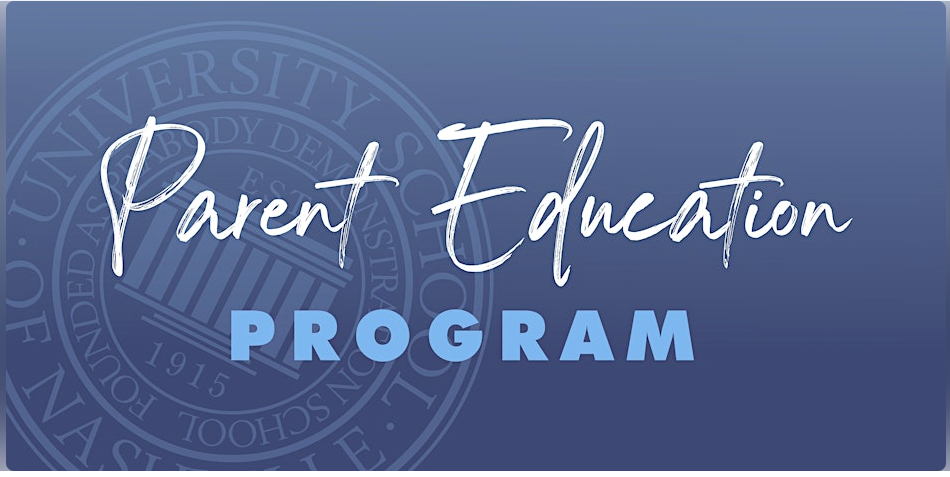








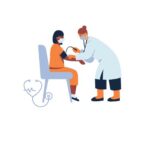




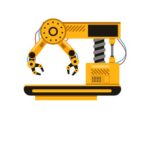
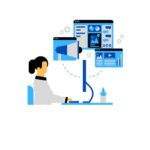
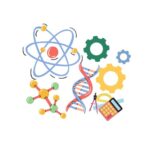

Get involved!
Comments